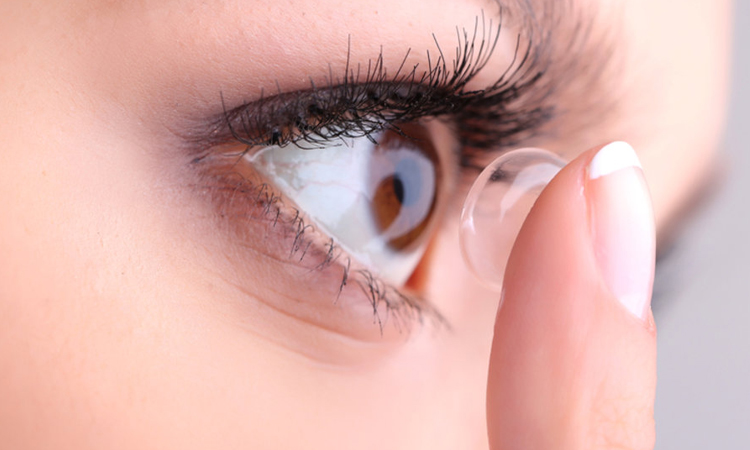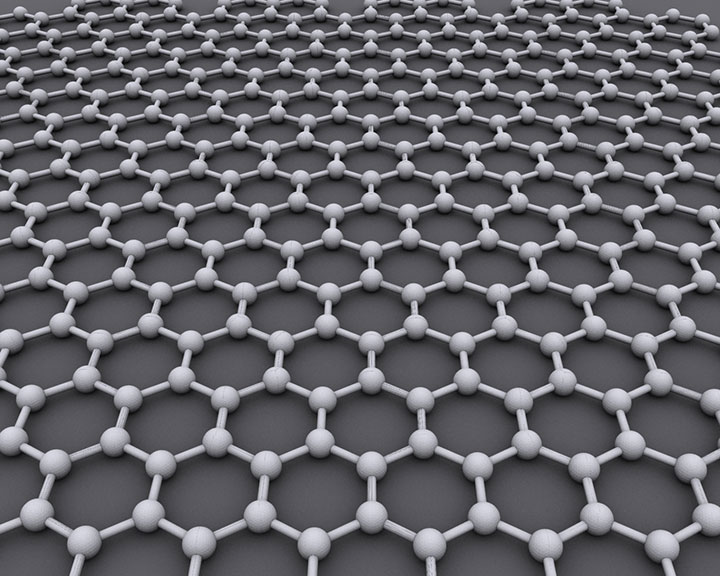Soon a new revolutionary lens will enable you to even see in the dark. In fact, the researchers have developed a new innovative sensor that can help you see the infrared spectrum which is imperceptible by the naked human eye. Such sensors may be used in the contact lenses. We explain to you everything about this very promising innovation.
Current technology of Infrared imaging is generally in cumbersome and impractical equipment. This technology is used by doctors, for example to monitor blood pressure and identify chemicals. This technology also finds its application in equipment for seeing in the dark. Using graphene, which is a very compact layer of carbon atoms, researchers from the University of Michigan have developed a sensor which can operate at the normal room temperature. “We can make this sensor very thin, it can even be incorporated into a contact lens or a telephone” says Zhaohui Zhong, an assistant professor at the university.
Scientists placed an insulating barrier between two graphene sheets and found that the electrons were released when the light fell on the top sheet and these electrons were able to reach the sheet at the bottom. When the researchers measured changes in the current between the top layer and the bottom layer, they were able to determine the intensity of the light to which graphene was exposed. “We have invented a new way of detecting light,” says Zhaohui, “We already envision that people will be able to adopt this mechanism in many devices. “
This sensor, smaller than a little fingernail, could find many applications in the scientific and military domains. Google has already announced in January the development of a smart contact lens that could monitor glucose levels in our blood. In February, Nokia has received a grant of 980 million euros from the European Union in order to design a type of graphene that is the strongest material in the world (300 times more than steel ).
This innovative technology has really pleased us. We are delighted to learn that the infrared sensors could not only be used in medical applications but also enable us to see in the night. We hope that contact lenses or other devices will soon be equipped with these sensors to enable us to play outside after dark: P. Would you like to have such a lens that will allows you to see at night?

